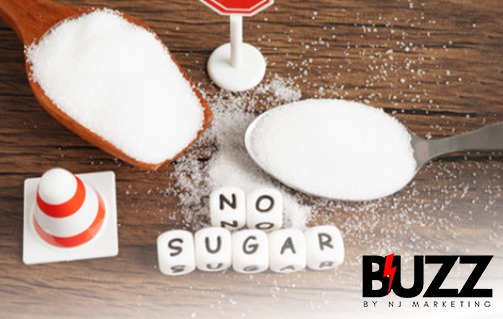You’re not alone if you’ve ever reached for a cookie to lift your spirits. There is sugar in everything, from the obvious (like soda and candy) to the less obvious (like pasta sauce, granola bars, and salad dressings). Living a dull life is not the same as cutting back. It entails making wiser, frequently natural choices that provide sweetness without the crash. In order to enjoy sweet flavors while taking better care of your body, this guide offers useful substitutions, safety advice, and real-world tips.
Why Cut Back On Processed Sugar?
- Processed sugar raises blood sugar levels and quickly lowers them, causing cravings and an energy slump.
- Added sugar is frequently concealed in packaged foods by using terms like “maltodextrin,” “evaporated cane juice,” or “syrup.” Label reading is beneficial.
- Cutting back on added sugar can protect teeth, improve mood stability, and reduce the chance of long-term health issues.
Short takeaway, the goal isn’t zero sweetness, it’s smarter sweetness.
How To Choose A Natural Sweetener
- Glycemic impact – does it raise blood sugar?
- Taste & aftertaste – will you actually enjoy it?
- Heat stability – good for baking or only for cold drinks?
- Processing level – truly whole-food (dates) or concentrated extract (stevia)?
- Side effects – digestive issues or interactions?
Use that list like a checklist when testing a new sweetener.
Top Natural Alternatives
Below are practical, pantry-friendly options. For each, I include swaps and notes.
Raw honey
- What: Nectar from flowers, minimally processed raw honey contains trace antioxidants and minerals.
- Pros: Rich flavor, antimicrobial properties in some varieties, great in tea and dressings.
- Cons: High sugar calories; not safe for infants under 1 year.
- Use: Replace part of the sugar in recipes (reduce liquid slightly). Works well in marinades and yogurt.
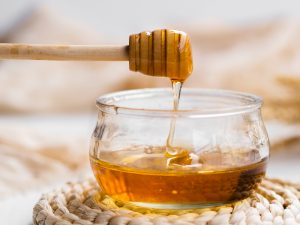
Maple syrup
- What: Sap reduced from maple trees.
- Pros: Distinct flavor, contains small amounts of minerals and antioxidants.
- Cons: High in carbs; strong flavor that may not suit all recipes.
- Use: Pancakes, oatmeal, sauces. Substitute 3/4 cup syrup for 1 cup sugar and reduce other liquids.
Date paste
- What: Whole fruit blended into a paste or syrup.
- Pros: Adds fiber, vitamins, and a round caramel flavor; whole-food option.
- Cons: Dense sweetness, still caloric.
- Use: Cookies, energy bars, smoothies. Dates add moisture, so reduce liquids in baking.
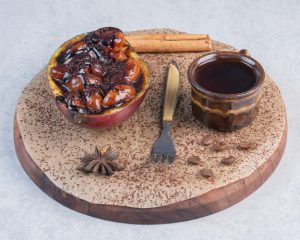
Coconut Sugar
- What: Evaporated sap of coconut palm.
- Pros: Lower glycemic index than cane sugar for some measures; subtle caramel notes.
- Cons: Similar calories to sugar; not keto-friendly.
- Use: 1:1 swap for brown sugar in many recipes.
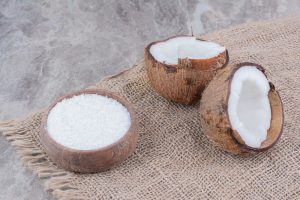
Stevia
- What: Sweet compounds from the stevia plant (often concentrated).
- Pros: Zero calories, zero glycemic effect; good for people managing carbs.
- Cons: Can have a bitter or licorice-like aftertaste for some; not always a straight 1:1 swap.
- Use: Best for beverages and sauces; use manufacturer substitution guides for baking.
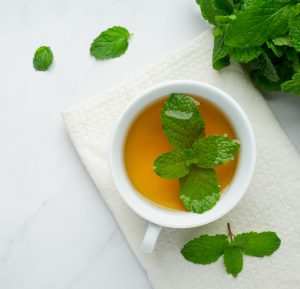
Monk Fruit
- What: Extract from a Chinese fruit, often blended with other sweeteners.
- Pros: Zero calories, no blood sugar spike; heat-stable for baking.
- Cons: Taste varies by brand; blends may include fillers.
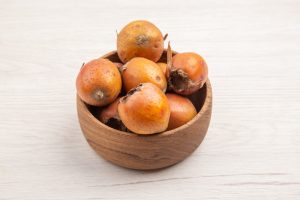
Yacon syrup
- What: Syrup from the yacon plant, tastes sweet but is rich in prebiotic fibers.
- Pros: May support gut health due to inulin; lower calories than sugar.
- Cons: Can cause digestive upset for some people; not ideal at high baking temperatures.

Sugar alcohols
- What: Naturally occurring or derived sweeteners with fewer calories.
- Pros: Lower calories than sugar; behaves in some recipes like sugar.
- Cons: Can cause digestive upset (gas, diarrhea) in some people. Recent studies suggest erythritol may be linked to cardiovascular risks; more research is needed, so use with caution.
Fruit purées
- What: Mashed fruit used as a bulk sweetener.
- Pros: Adds fiber, vitamins, and moisture; lowers need for added sugar.
- Cons: Will change texture and flavor; recipes need liquid adjustments.
- Use: Replace part of the sugar and fat in muffins, pancakes, and quick breads.
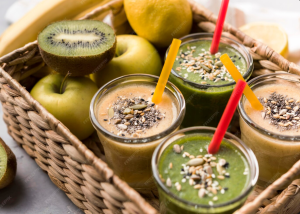
Matching Sweetener To The Task
- Hot drinks: honey, stevia, monk fruit.
- Baking (moist cakes, brownies): date paste, applesauce, maple syrup.
- Crispy cookies: coconut sugar or partial white sugar + alternative.
- Low-calorie needs: stevia, monk fruit.
- Prebiotic/gut focus: yacon syrup, fruit purees.
Practical Tips For Success
- Start small. Replace half the sugar in a recipe, taste, then tweak.
- Mix sweeteners. A splash of honey plus a pinch of stevia can reduce calories and improve flavor.
- Use spices and aromatics. Vanilla, cinnamon, citrus zest, and ginger add perceived sweetness without sugar.
- Train your palate. Gradually lower sweetness over 2–4 weeks; your baseline preference will shift.
- Read labels. “Natural” on a package doesn’t always mean healthy. Watch out for added syrups and concentrates.
Risks, Myths, And Safety Notes
“Natural = harmless” isn’t always accurate. Natural sweeteners like honey and maple still contain calories, and sugar alcohols can interfere with digestion.
Prioritize low-glycemic foods if you have diabetes or other illnesses, and consult your doctor. Many doctors advise stevia or monk fruit to help control blood sugar.
Sometimes, new research (like erythritol) changes recommendations. Keep abreast of developments and base your decisions on larger trends rather than specific headlines.
Quick Swaps You Can Try Today
- In your morning oatmeal: swap 1 tsp sugar → 1 tbsp maple syrup + cinnamon.
- For smoothies: replace flavored yogurt sweeteners with 2-3 pitted dates.
- In coffee or tea: cut sugar by half; add a drizzle of honey or a pinch of stevia.
- Baking cheat: replace half the sugar with unsweetened applesauce for moisture + 25% fewer calories.
Sweetness With A Little Kindness
Reducing processed sugar consumption is more about improving options than it is about punishing people. Depending on your preference, natural substitutes allow you to enjoy sweet flavors while consuming less calories, fiber, or antioxidants. Be patient with your palate, try new things, and make notes about what you enjoy. Little adjustments add up to better relationships with food, fewer crashes, and fewer cravings.
Please leave a comment if you try a recipe or swap; I’d love to know what worked for you. Visit our blog and subscribe for more Buzz by NJ Marketing recipe swaps and advice on easy, useful food substitutions that genuinely taste good.
Don’t Miss Out Our Blog Post: 12 Foods Full of Beta-Carotene and Their Health Benefits


